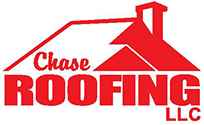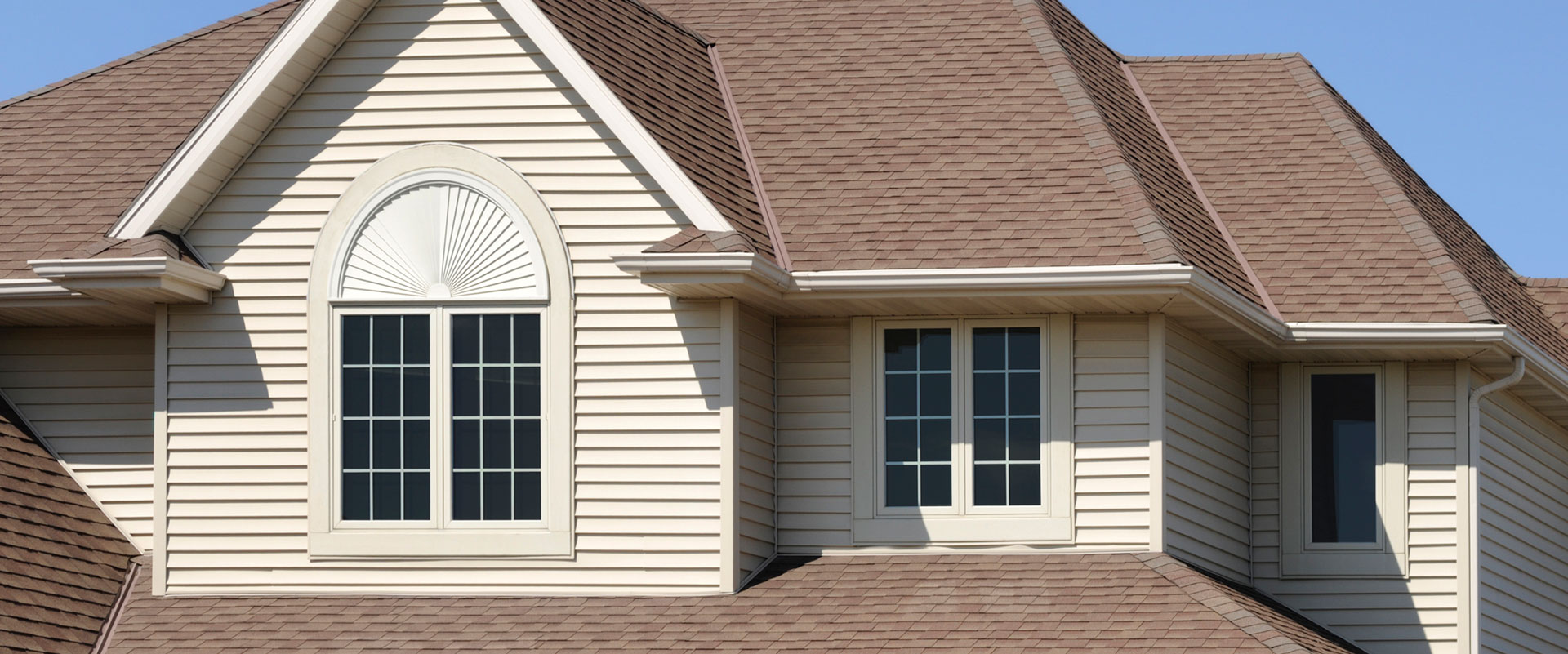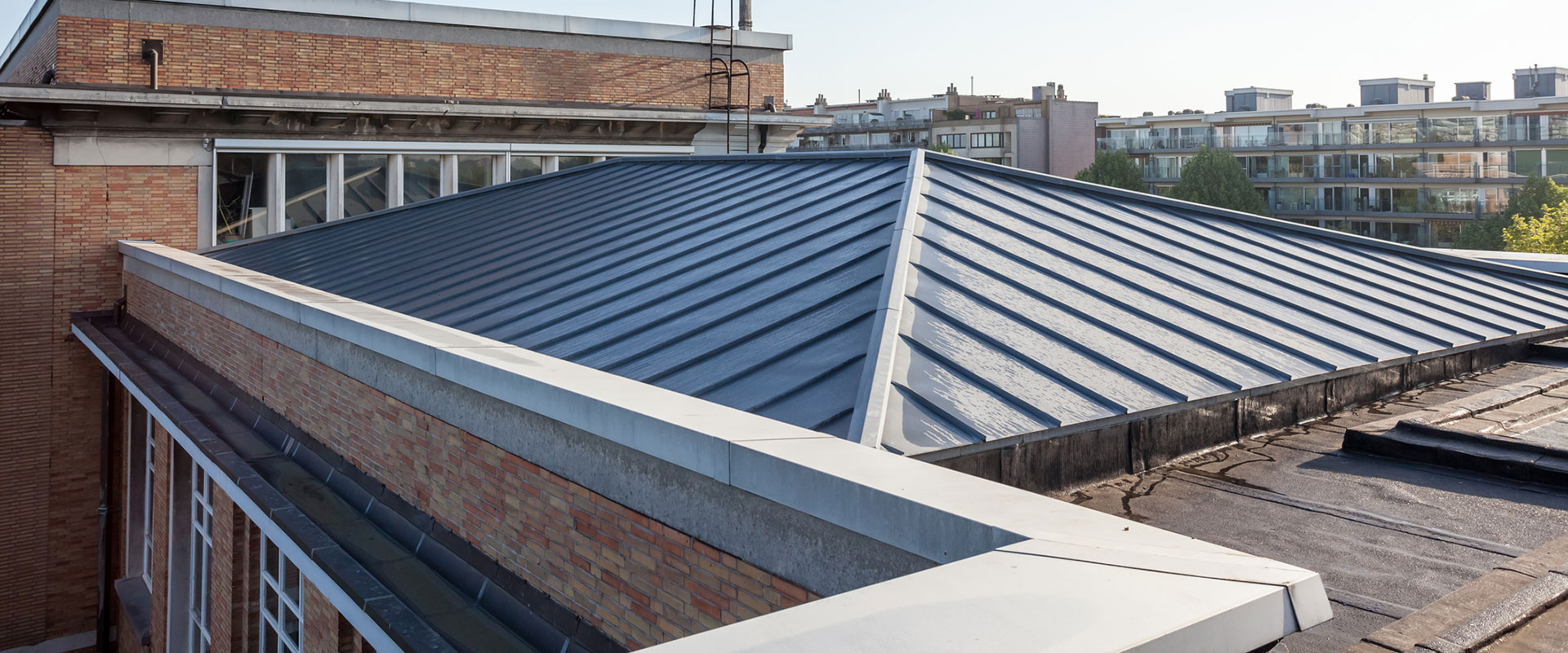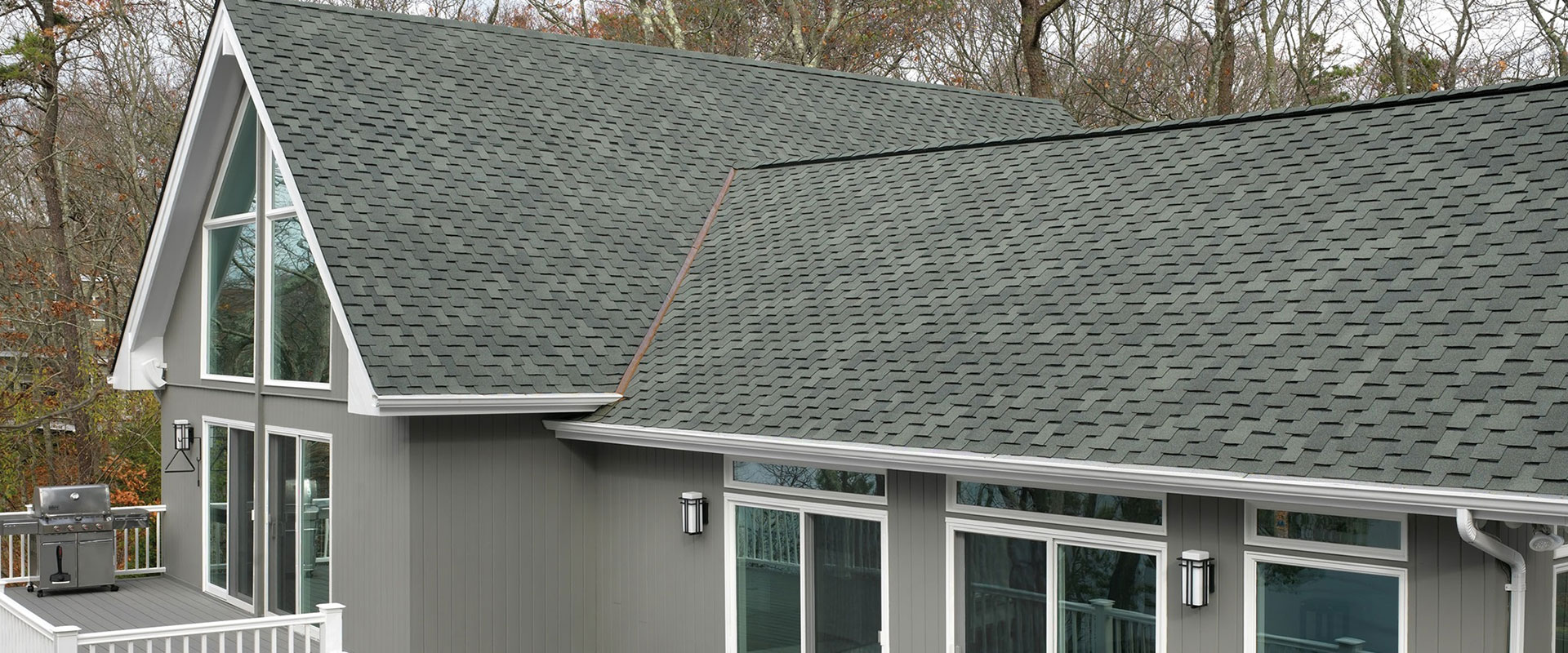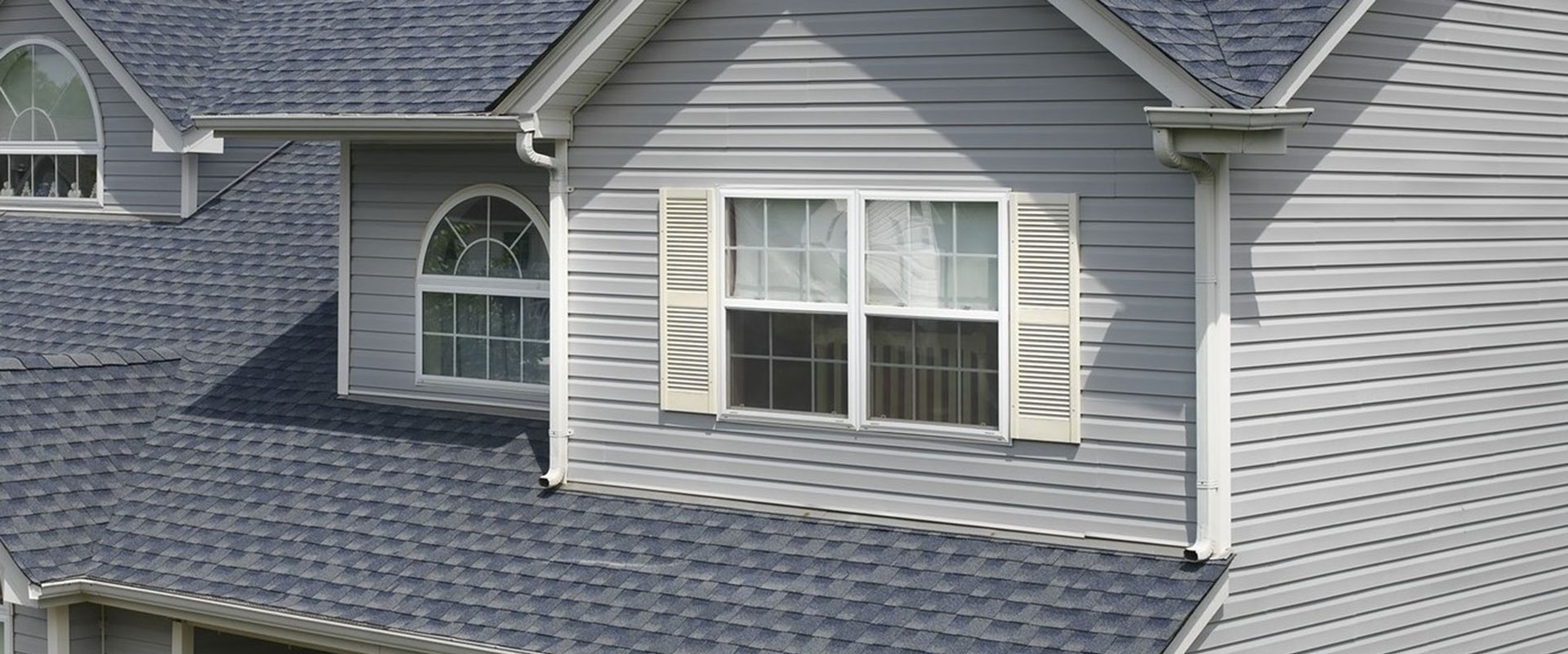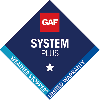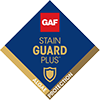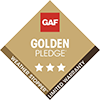Roofing Glossary

Some roofers prefer that their customers know as little as possible about their roofs. At Chase Roofing LLC, we are very open about the products and processes we use to design and install the very best roof for your home. Here are some terms and phrases you may hear when we discuss your Yorktown roof replacement or repair project.
- Asphalt shingle. A bituminous waterproofing agent applied to roofing materials during manufacturing.
- Built-up roof. A flat or low-sloped roof consisting of multiple layers of asphalt and ply sheets.
- Caulk. To fill a joint with mastic or asphalt cement to prevent leaks.
- Coating. A layer of viscous asphalt applied to the base material into which granules or other surfacing is embedded.
- Course. A row of shingles or roll roofing running the length of the roof.
- Cutout. The open portions of a strip shingle between the tabs.
- Deck. The surface installed over the supporting framing members to which a roofing material is applied.
- Dormer. A framed window unit projecting through the sloping plane of a roof.
- Downspout. A pipe for draining water from roof gutters; also called a leader.
- Drip edge. A non-corrosive, non-staining material used along the eaves and rakes to allow water run-off to drip clear of underlying construction.
- Eaves. The horizontal, lower edges of a sloped roof.
- Edging strips. Boards nailed along eaves and rakes after cutting back existing wood shingles to provide secure edges for re-roofing with asphalt shingles.
- Felt. Fibrous material saturated with asphalt and used as an underlayment or sheathing paper.
- Flashing. Pieces of galvanized metal (usually aluminum or copper) used to prevent seepage of water into a building around any intersection or projection in a roof, such as vent pipes, chimneys, adjoining walls, dormers and valleys.
- Free-tab shingles. Shingles that do not contain factory-applied strips or spots of self-sealing adhesive.
- Gable. The upper portion of a sidewall that comes to a triangular point at the ridge of a sloping roof.
- Gable roof. A type of roof containing sloping planes of the same pitch on each side of the ridge, with a gable at each end.
- Gambrel roof. A type of roof containing two sloping planes of different pitch on each side of the ridge. The lower plane has a steeper slope than the upper. Contains a gable at each end.
- Granules. Ceramic-coated colored crushed rock that is applied to the exposed surface of asphalt roofing products.
- Gutter. The trough that channels water from the eaves to the downspouts.
- Hip roof. A type of roof containing sloping planes of the same pitch on each of four sides.
- Hip shingles. Shingles used to cover the inclined external angle formed by the intersection of two sloping roof planes.
- Ice dam. Condition formed at the lower roof edge by the thawing and re-freezing of melted snow on the overhang. This can force water up and under shingles, resulting in leaks.
- Interlocking shingles. Individual shingles that mechanically fasten to each other to provide wind resistance.
- Laminated shingles. Strip shingles containing more than one layer of tabs to create extra thickness. Also called three-dimensional shingles or architectural shingles.
- Lap. To cover the surface of one shingles or roll with another.
- Lap cement. An asphalt-based cement used to adhere overlapping plies of roll roofing.
- Mansard roof. A type of roof containing two sloping planes of different pitch on each of four sides. The lower plane has a much steeper pitch than the upper, often approaching vertical. Contains no gables.
- Mineral-surfaced roofing. Asphalt shingles and roll roofing that are covered with granules.
- No-cutout shingles. Shingles consisting of a single, solid tab with no cutouts.
- Overhang. That portion of the roof structure that extends beyond the exterior walls of a building.
- Pitch. The degree of roof incline expressed as the ratio of the rise, in feet, to the span, in feet.
- Ply. The number of layers of roofing, i.e. one-ply, two-ply.
- Rafter. The supporting framing member immediately beneath the deck, sloping from the ridge to the wall plate.
- Rake. The inclined edge of a sloped roof over a wall.
- Ridge. The uppermost, horizontal external angle formed by the intersection of two sloping roof planes.
- Ridge cap. Specially formed shingles used to cover the horizontal external angle formed by the intersection of two sloping roof planes.
- Rise. The vertical distance from the eaves line to the ridge.
- Roll roofing. Asphalt roofing products manufactured in roll form.
- Run. The horizontal distance from the eaves to a point directly under the ridge. One half the span.
- Self-sealing shingles. Shingles containing factory-applied strips or spots of self-sealing adhesive.
- Self-sealing strip or spot. Factory-applied adhesive that bonds shingle courses together when exposed to the heat of the sun after application.
- Shading. Slight differences in shingle color that may occur as a result of normal manufacturing operations.
- Sheathing. Exterior grade boards used as a roof deck material.
- Shed roof. A roof containing only one sloping plane. Has no hips, ridges, valleys or gables.
- Slope. The degree of roof incline expressed as the ratio of the rise, in inches, to the run, in feet.
- Soffit. The finished underside of the eaves.
- Stack. A vent pipe that penetrates the roof.
- Span. The horizontal distance from eaves to eaves.
- Square. A unit of roof measure covering 100 square feet. A roof with a field area of 2,500 square feet would be called a 25-square roof.
- Starter strip. Asphalt roofing applied at the eaves that provide protection by filling in the spaces under the cutouts and joints of the first course of shingles.
- Tab. The exposed portion of strip shingles defined by cutouts.
- Underlayment. Asphalt saturated felt used beneath roofing to provide additional protection for the deck.
- Valley. The internal angle formed by the intersection of two sloping roof planes.
Trust Our Professional Roofing Contractors
Make sure your home’s roof is ready to protect you from the elements. Contact Chase Roofing for a free estimate today by calling (757) 872-0700 or completing our online quote request form.
